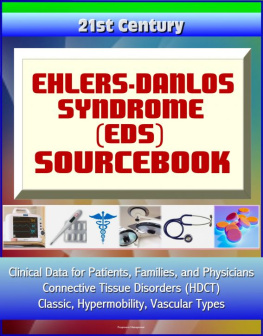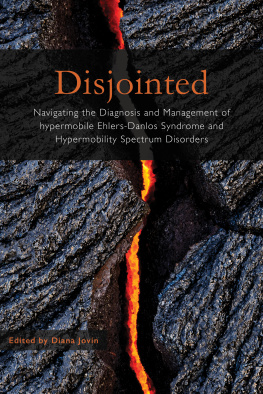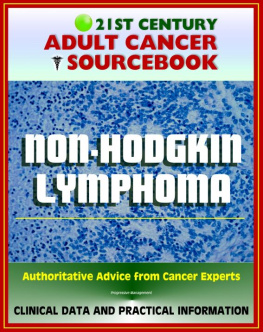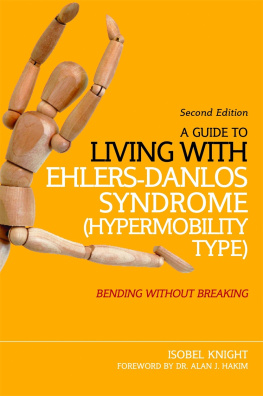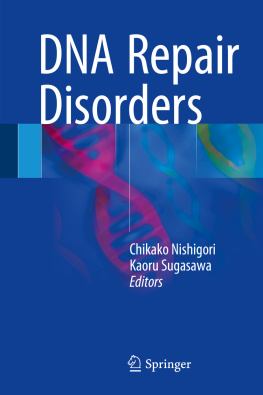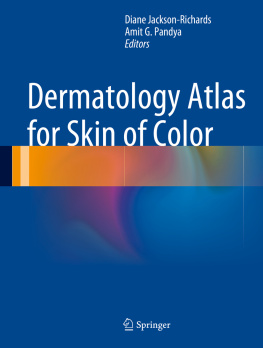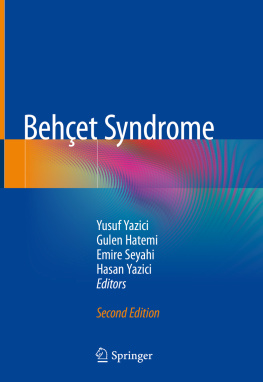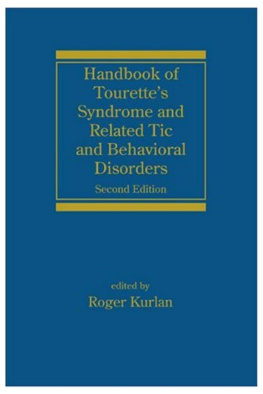21st Century Ehlers-Danlos Syndrome (EDS)Sourcebook: Clinical Data for Patients, Families, and Physicians -Connective Tissue Disorders (HDCT), Classic, Hypermobility,Vascular Types
Edition 1.0 / November 2012
Medical Ventures Press, National Institutesof Health, National Institute of Arthritis and Musculoskeletal andSkin Diseases (NIAMS)
Smashwords Edition
Copyright 2012 Progressive Management
Questions? Suggestions? Comments? Concerns?Please contact the publisher directly at
Remember, the book retailer can't answer yourquestions, but we can!
* * * * * * * * * * *
Smashwords Edition, License Notes
This ebook is licensed for your personalenjoyment only. This ebook may not be re-sold or given away toother people. If you would like to share this book with anotherperson, please purchase an additional copy for each person youshare it with. If you're reading this book and did not purchase it,or it was not purchased for your use only, then you should returnto Smashwords.com and purchase your own copy. Thank you forrespecting the hard work of this author.
* * * * * * * * * * *
IMPORTANT NOTE: Information in thise-book is not a substitute for professional medical advice. If youhave or suspect that you have any illness, you must consult with aphysician or professional healthcare provider! Call 911 and get tothe nearest emergency room if you have serious or worseningsymptoms.
This material represents a snapshot in time,with authoritative information formatted for ebook reading that wasup-to-date at the moment of publication.
For the latest updates, please be sure tovisit the trustworthy websites found in our Guide to LeadingMedical Websites (Section B).
* * * * * * * * * * * *
This is a privately authored news service andeducational publication of Progressive Management. Our publicationssynthesize official government information with original material -they are not produced by the federal government. They are designedto provide a convenient user-friendly reference work to uniformlypresent authoritative knowledge that can be rapidly read, reviewedor searched. Vast archives of important data that might otherwiseremain inaccessible are available for instant review no matterwhere you are. This e-book format makes a great reference work andeducational tool. There is no other reference book that is asconvenient, comprehensive, thoroughly researched, and portable -everything you need to know, from renowned experts you trust. Forover a quarter of a century, our news, educational, technical,scientific, and medical publications have made unique and valuablereferences accessible to all people. Our e-books put knowledge atyour fingertips, and an expert in your pocket!

* * * * * * * * * * * *
TABLEOF CONTENTS
* * * * * * * * * * * *
* * * * * * * * * * * *
EHLERS-DANLOS SYNDROME (EDS)
* * * * * * * * * * * *
Questions and Answers about Heritable Disorders of ConnectiveTissue (HDCT) - October 2011
Heritable (genetic) disorders of connectivetissue (HDCTs) are a family of more than 200 disorders that affectconnective tissues. These disorders result from alterations(mutations) in genes, and thus are called heritable. All of thesediseases are directly related to mutations in genes that areresponsible for building tissues. Alterations in these genes maychange the structure and development of skin, bones, joints, theheart, blood vessels, lungs, eyes, and ears. Some mutations alsochange how these tissues work.
Some other connective tissue problems are notdirectly linked to mutations in tissue-building genes, althoughsome people may be genetically predisposed to becoming affected.Many, but not all, of the disorders discussed here are rare.
Some Common Heritable Disorders of ConnectiveTissue
Physicians and scientists have identifiedmore than 200 heritable connective tissue disorders. Some of themore common ones are listed below. Some of these are really groupsof disorders and may be known by other names.
Ehlers-Danlos syndrome. The problemspresent in the group of disorders known as Ehlers-Danlos syndrome(EDS) include changes in the physical properties of skin, joints,blood vessels, and other tissues such as ligaments and tendons.People with EDS have some degree of joint looseness; fragile, smallblood vessels; abnormal scar formation and wound healing; and soft,velvety skin that stretches excessively but returns to normal afterbeing pulled. Some forms can cause problems with the eyes andspine. EDS can also lead to weak internal organs, including theuterus, intestines, and large blood vessels. Mutations in severaldifferent genes are responsible for varying symptoms in the severaltypes of EDS. In most cases, the genetic defect involves collagen,the major protein-building material of bone.
Epidermolysis bullosa. Thecharacteristic feature of epidermolysis bullosa (EB) is blisteringof the skin, which results when skin layers separate after minortrauma. People with a mild form of the disease may have just a fewblisters on skin, whereas others may have many blisters. In someforms, blisters may form in the mouth, stomach, esophagus, bladder,and other parts of the body. EB can be both disabling anddisfiguring, and some forms may lead to early death. Defects inseveral proteins within the skin are at fault.
Marfan syndrome. People with Marfansyndrome tend to have a tall, thin build with long arms and legsand spider-like fingers. Other problems include a sideways curveof the spine (scolosis); crowded teeth; flat feet; abnormalposition of the lens of the eye; and enlargement of the beginningpart of the aorta, the major vessel carrying blood away from theheart. If left untreated, an enlarged aorta can lead to hemorrhageand even death. Marfan syndrome results from mutations in the genethat determines the structure of fibrillin-1, a protein importantto connective tissue.
Osteogenesis imperfecta. Osteogenesisimperfecta (OI) is characterized by fragile bones, low muscle mass,and loose joints and ligaments. There are 11 identified types ofOI, ranging in severity from mild to lethal. The appearance ofpeople with OI varies considerably, depending on the particularform they have and its severity. Some may have a blue or gray tintto the sclera (whites of the eyes), thin skin, growth deficiencies,and fragile teeth. They may develop scoliosis, respiratoryproblems, and hearing loss. Also known as brittle bone disease,this disorder is caused by a mutation in one of several genes thatplay a role in how the body makes collagen, the main component ofconnective tissue.
What Is Connective Tissue and What DoesHeritable Disorders Mean?
Connective tissue is the material between thecells of the body that gives tissues form and strength. Thiscellular glue is also involved in delivering nutrients to thetissue, and in the special functioning of certain tissues.Connective tissue is made up of dozens of proteins, includingcollagens, proteoglycans, and glycoproteins. The combination ofthese proteins can vary between tissues.
The genes that encode these proteins canharbor defects or mutations, which can affect the functioning ofcertain properties of connective tissue in selected tissues. Whenthis occurs, the result can be a heritable disorderone that can beinherited, or passed from parent to childof connective tissue.
How Do People Get Gene Alterations?
People with heritable disorders of connectivetissue inherit an altered gene either from one or from bothparents. We have two copies of most genes: one inherited from eachparent. Males have one copy of each gene on the X chromosome,because they have only one X chromosome, and one copy of each geneon the Y chromosome. In contrast, females have two copies of Xchromosome genes because they have two X chromosomes.
Next page
